There is certainly no shortage of noodle options in Evanston. But when you’re presented with endless lists of dishes with names like pad see ew, lad na and yaki udon, things can get confusing. Luckily, you can put the days of menu-induced anxiety behind you with this guide to noodles.
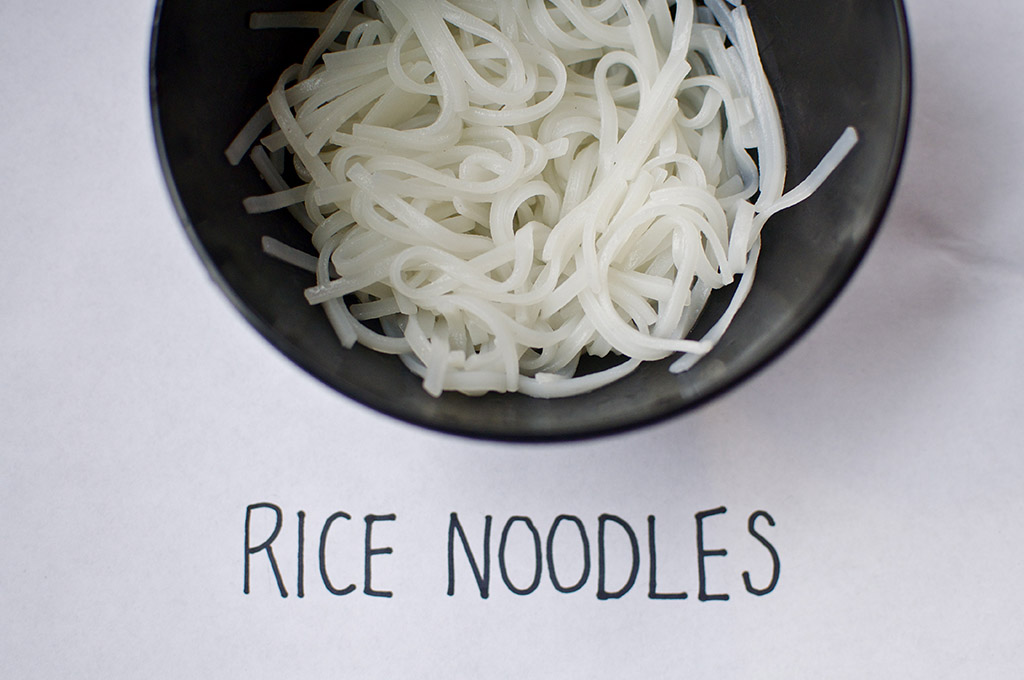
By Lily Allen
Rice Noodles: Rice noodles, unsurprisingly, are made from rice flour and water. You will find rice noodles in a variety of dishes, such as chow fun, pho, pad Thai and many noodle soups. Rice noodles are gluten-free and a more filling substitute for regular, wheat-based pasta in non-Asian dishes. A mere 2-ounce serving of rice noodles is plenty of food for any meal, whereas wheat pasta usually requires 5 or 6 ounces. If you’re feeling extra healthy, try brown rice noodles made from whole grains which contain up to 4 grams of fiber per serving.
Check Out: Tank Noodle, Thai Sookdee
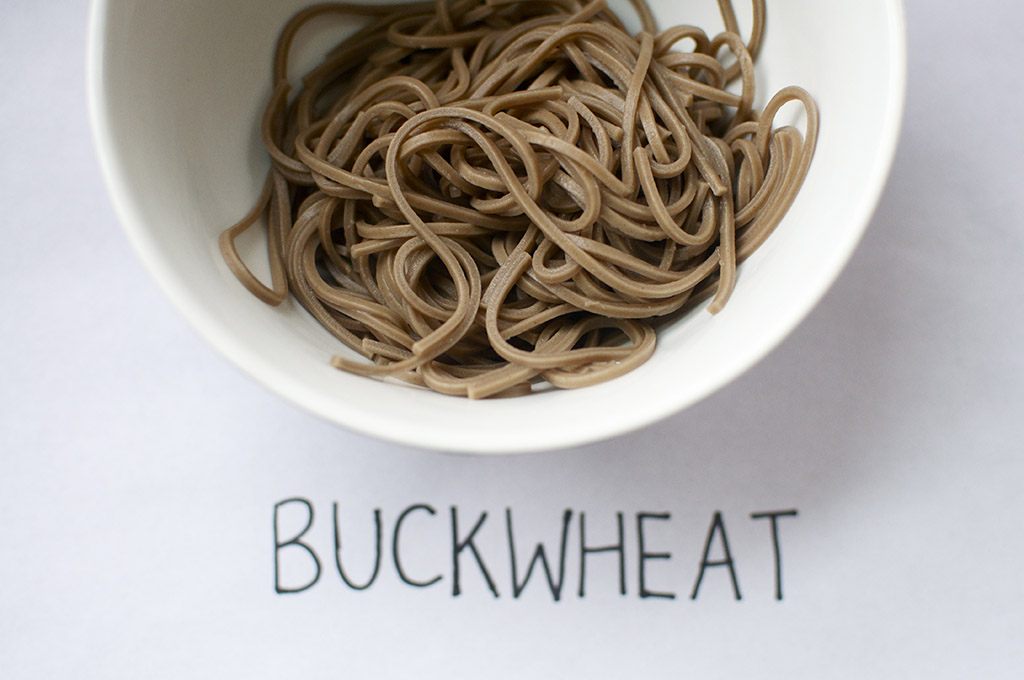
By Lily Allen
Buckwheat Noodles (aka Soba): Soba, the Japanese word for buckwheat, is a thin noodle made from buckwheat flour. These gluten-free noodles can be served hot or cold, garnished or plain. Rich in amino acids, antioxidants and fiber, buckwheat noodles are a great choice for everyone.
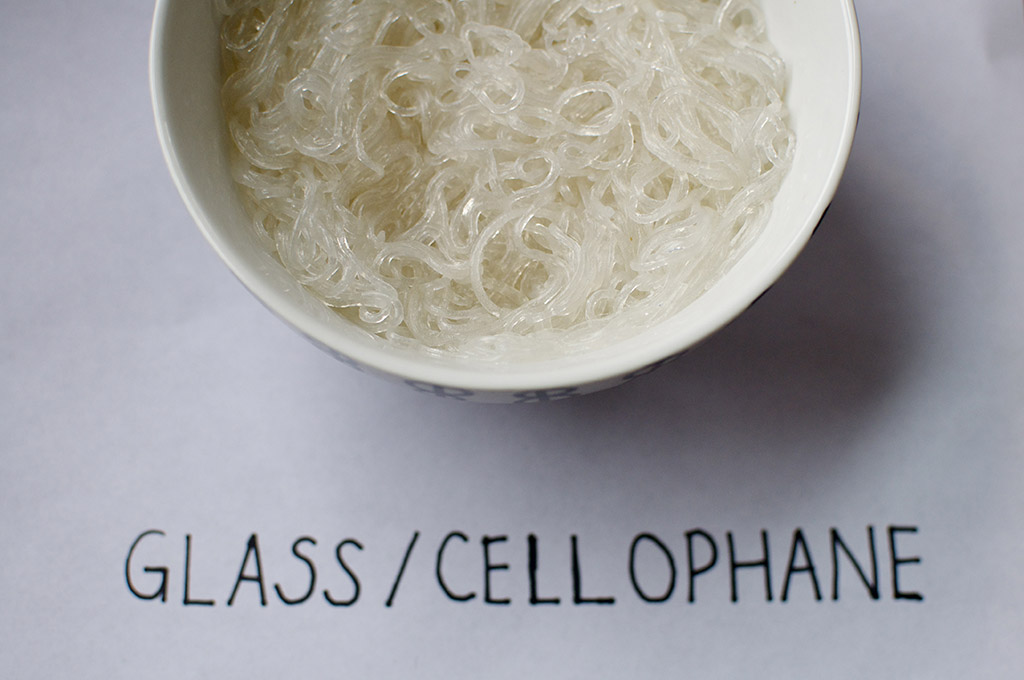
By Lily Allen
Cellophane/Glass Noodles: Made from potato or mung bean starch and water, glass noodles are very thin and nearly translucent post-cooking. Sometimes called “bean thread noodles” or “Chinese vermicelli,” glass noodles are often used to stuff dumplings and spring rolls, and are common in stir-fries, soups and salads. They do not have much flavor on their own but are quite absorbent, making them a great base for other ingredients and heavy sauces. They are also gluten-free.
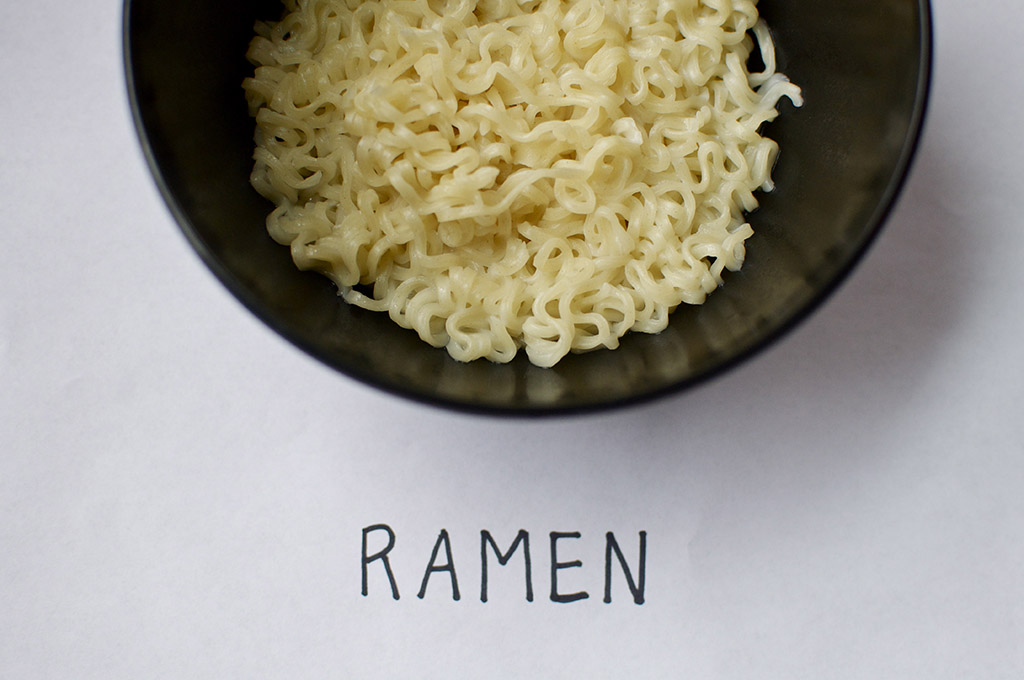
By Lily Allen
Ramen: You might know these wheat-based noodles from instant ramen packages. While the instant kind is delicious and cheap, the fried noodles and little squares of powder pack a surprising amount of fat and sodium. Visit a Japanese restaurant to treat yourself to the proper ramen experience with fresh, tender noodles, savory broth and the additional authentic fixings.
Check Out: Slurping Turtle
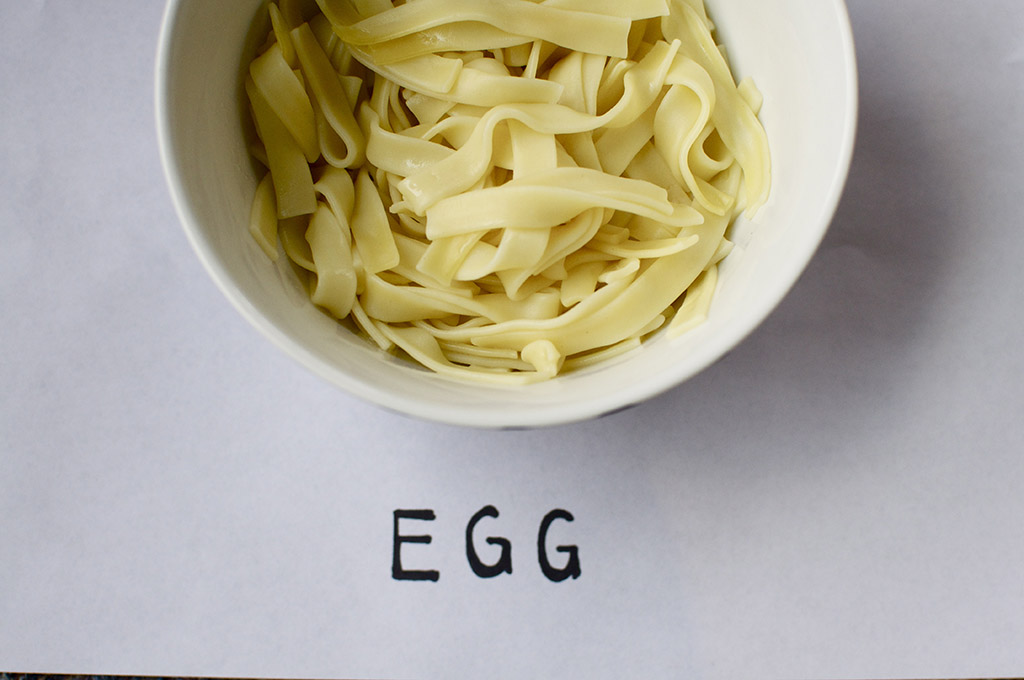
By Lily Allen
Egg Noodles: Often wide with a yellowish tint, egg noodles are found in Asian dishes, as well as many European dishes. There are also specific Chinese egg noodles (dan mien), which are often used in chow mein.
Thick Wheat Noodles (aka Udon): Different varieties of thick wheat noodles are found in dishes like Japanese udon or Korean kal guksu. Often served in soup or stew, wheat noodles are very low in fat and have similar nutritional value to spaghetti.
Check Out: Sunshine Café
With Lulu’s, Joy Yee’s, Zoba, Cozy and the endless list of noodle destinations in Chicago at our fingertips, any Northwestern noodle lover would be in heaven. However, not all noodle restaurants were created equal. Thai Sookdee wins for Evanston, with its low prices and authentic Thai dishes. In Chicago, the inexpensive and delicious Noodles in the Pot is the place to go. Be sure to order pad Thai and the pad see ew, and take advantage of the restaurant’s BYOB policy.



